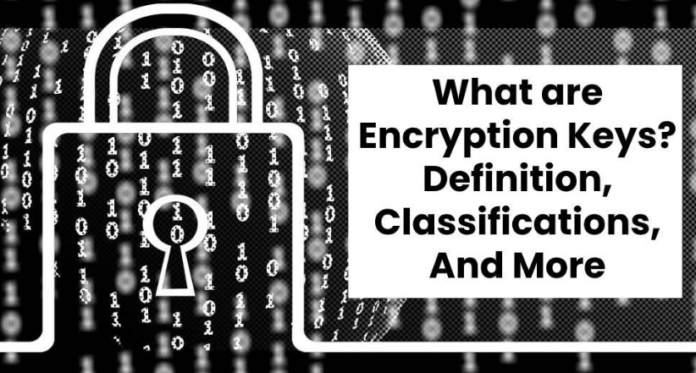An encryption key in cryptography is simply a piece of data, usually a series of letters or numbers that are encrypted in a computer program, that, when decrypted, can actually encrypt or encode data as well. This concept is relatively young (cryptographic systems have been around for decades), and modern encryption keys are much more complex than keys that were created by Enigma. For example, modern keys have padding and even include randomization to make them harder to hack into. However, most people have only heard of the actual key and do not realize what it is – or why it is so important.
So how does an encryption key work? Let’s assume we are using the Windows operating system, and this system uses a” PBX” (Private Branch eXchange) server for handling business calls. When a call comes in, the user is placed on a voicemail queue and is then asked to select an encryption key. The encoded message, along with any associated parameters, are then passed onto the PBX server. The PBX server will then encrypt the data and pass the data encryption key down the call.
Some encryption keys are simple and are used in traditional file compression programs. However, today we tend to use more complex options. For instance, some symmetric-key methods use a block-layer to encrypt and provide integrity to the transmitted message. The encryption key is not visible to the sender, but the encryption algorithms used are visible to the receiver. The receiver will see the same data sent by the sender, except that it will be encrypted and the key itself will not be seen by the sender.
Public-key cryptography, on the other hand, encrypts data with a discrete number of cryptographic-keys. Once the encryption key is known, a random string, also known as the key itself, can be used to encrypt data with that same discrete number of keys. As keys are generated and stored, they form a distributed key distribution. All communications between two or more computers using the same encryption keys are secure.
The random key generator used in symmetric-key cryptography functions in a slightly different way. Unlike a symmetric algorithm where the same key is used throughout the entire system, the use of a random key generator means that a secret key exists only for the purposes of decrypting certain messages. If the computer or device on which the messages need to be encrypted happens to have a bug, the key generator can be captured and used to disclose the secret content of the message. In this case, the bug has been detected by the encryption key, and it has been exposed. Without the proper key, the message cannot be decrypted. The best way to combat this is to choose a highly unlikely message, or create a message that cannot be cracked by anyone who knows the encryption key.
Symmetrical and elliptical ciphers have been developed over time. These two classes of ciphers have their differences, but they share many similarities. Both use blocks of numbers to encrypt and decrypt data. And both use elliptical and asymmetrical curves, with some differences in how they use those curves. The biggest difference between these two encryption standards is in the security level they provide. While both use elliptical and asymmetric algorithms, only elliptical curves provide the security required for data confidentiality.








